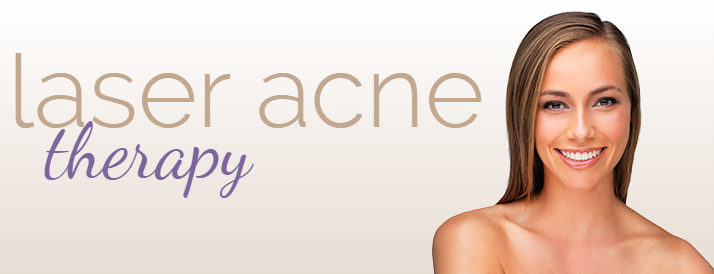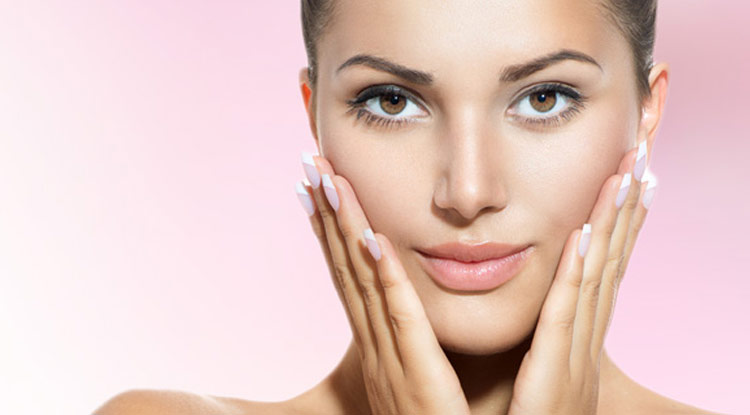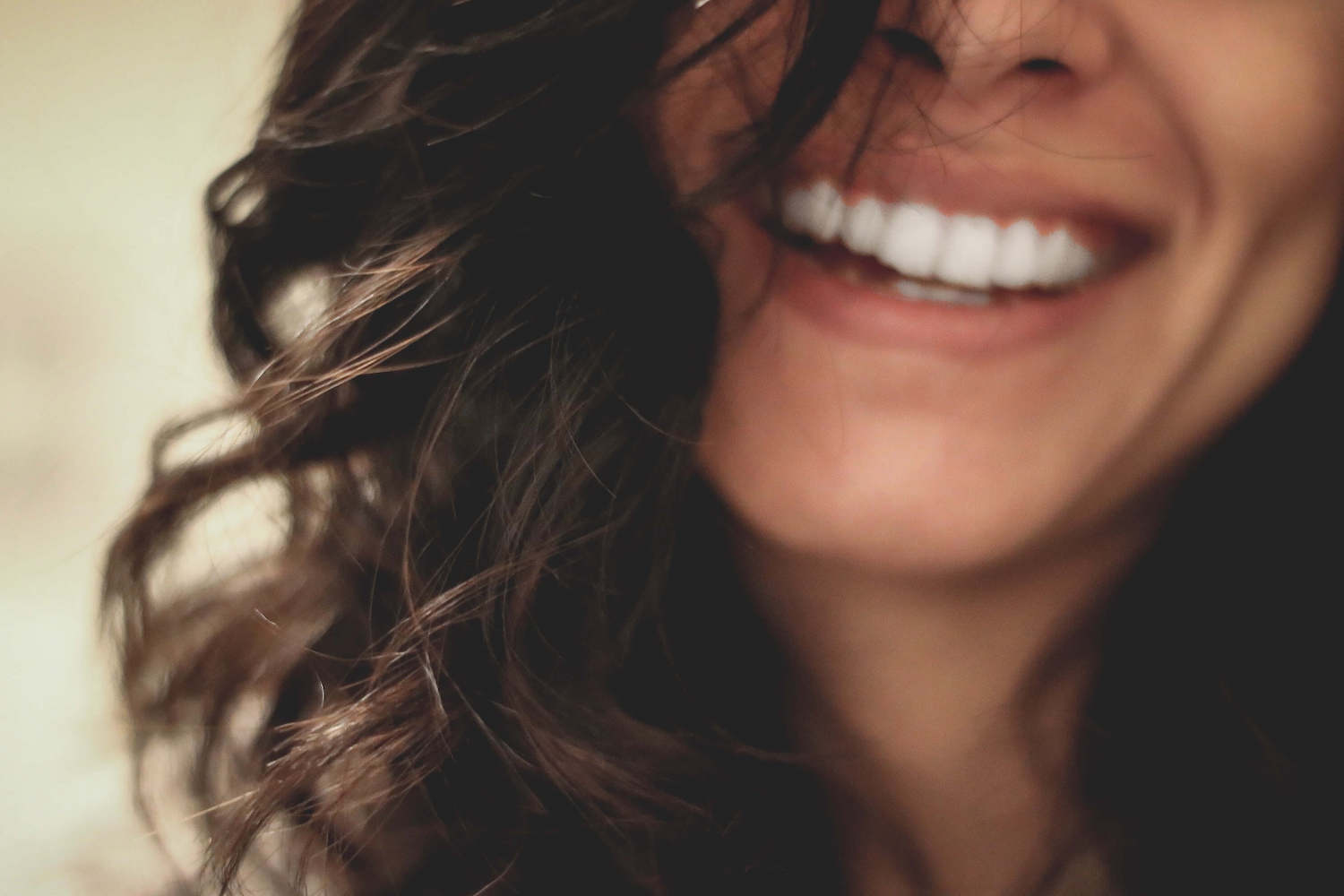American Academy of Dermatology (AAD) data shows that acne affects 50 million Americans every year, making it the most prevalent skin condition. Although the condition usually affects adolescents and young adults (85% of sufferers are between 12 and 24 years), the condition can affect anyone and continue into 30-40 years and beyond. In fact, acne occurrence has increased among adults. Currently, 15% of adult women are affected by acne.
The importance of effective treatment can’t, therefore, be overlooked. Most acne treatments in the past have had significant drawbacks such as bacterial resistance, systemic toxicities, patient compliance, among other factors covered in many studies. Laser therapy is currently the most viable alternative for individuals who don’t desire or aren’t able to use topical/systemic formulations. The treatment has been used effectively on its own and alongside other therapies in the treatment of acne.
What is laser therapy?
Laser therapy uses light (from a laser). The medical treatment uses light tuned to a specific wavelength resulting in a powerful beam. In medicine, laser therapy allows medical practitioners to have high precision levels in small areas resulting in less damage to surrounding tissue.
Laser therapy is an established option in the treatment of acne. The 532nm potassium titanyl phosphate, 585 & 595 pulsed dyer, 1450nm diode, and 1540nm erbium glass lasers have been used to treat acne with variable efficacy.
How does laser acne therapy work?
Laser acne therapy works by scarring. The heat emitted by the laser removes the upper layer of the skin scarred by acne. When this layer peels off, the acne scarring becomes less noticeable. The skin also appears smoother.
While scar tissue breaks down, the light and heat from the laser also encourage the growth of new healthy skin cells. The treatment draws blood flow to the area. At the same time, inflammation decreases as blood vessels in the scar tissue are targeted. All the above make acne scars less raised. They also have little color giving them a less noticeable appearance.
How is laser acne therapy done?
Some of the most common lasers used to treat acne are pulsed-dyer lasers, erbium YAG lasers, and carbon dioxide lasers. Different lasers target acne scaring in unique ways. The treatment procedure can be categorized as follows:
Ablative laser resurfacing: This treatment method uses carbon dioxide or erbium YAG lasers. Ablative laser resurfacing focuses on removing the entire top skin layer of the acne-scared area. The treatment takes 3-10 days before the target area starts recovering (decrease redness) from laser action.
Non-ablative laser resurfacing: This treatment method uses infrared lasers. The heat from the laser works by stimulating collagen production. Infrared laser heat also encourages the growth of new cells to replace scarred tissue.
Fractionated laser treatment: This treatment method utilizes fractional lasers to stimulate tissue below acne scarring to remove dark-pigmented cells under the top skin layer.
Treatment procedure
Preparation
Before receiving laser acne treatment, you need to prepare for the treatment. Preparation includes avoiding certain skincare products, medicines, supplements, and products like cigarettes that may lower skin tolerance to treatment or increase severe side effect risks. You shouldn’t smoke, take blood-thinning supplements, aspirin, or use skin care products for two weeks prior to receiving treatment.
Treatment day
On treatment day, your doctor will begin by applying a topical anesthetic on the treatment area to reduce pain. The topical anesthetic also boosts comfort during the procedure. Pain killers or sedatives can be used if the treatment area is large.
The treatment area is then cleaned to remove dirt and any excess oil. Laser treatment begins around the treatment area slowly. Laser acne therapy ends when the doctor has worked on the entire treatment area and dressed you accordingly to protect the skin.
Pros of laser acne therapy
There are many benefits of laser acne therapy. The most notable include:
- Anti-inflammation benefits: Laser acne therapy produces an anti-edemic effect by triggering vasodilation. The effect also results from lymphatic drainage system activation, which drains swollen areas.
- Painless treatment: Laser therapy has beneficial effects on nerve cells responsible for blocking pain. The therapy decreases nerve sensitivity resulting in less pain and swelling.
- Increased cell growth and tissue repair: Photons of light emitted by lasers penetrate skin tissue accelerating cellular production and growth. The light boosts energy available to target cells making the cells eliminate waste and absorb nutrients faster.
- Boosts metabolism: Laser therapy is known to boost the output of certain enzymes as well as oxygen and food particle loads to blood cells.
- Improved vascular activity: Laser light boosts the formation of blood capillaries in tissue scarred by acne, which, in turn, boosts the speed of healing.
- Safe treatment: Laser acne treatment doesn’t produce heat. As a result, there is no risk of burning or damaging tissue. The treatment is pain-free, non-invasive, drug-free, and non-toxic.
- Effective: Laser acne therapy generates immediate noticeable results and routinely produces efficacy rates exceeding 90%. Over 5,000 clinical studies back laser therapy in the treatment of many conditions, including acne.
Cons of laser acne therapy: Possible risks and side effects of laser acne therapy
Laser acne therapy is safe. However, the treatment comes with some risk and side effects in some cases i.e., when the treatment procedures aren’t followed. Other factors like skin type, type of laser used, and a number of treatments can also introduce some risks and side effects.
- Pain: Some patients can feel pain after laser acne therapy. However, the pain doesn’t last for more than 1-2 hours in most instances.
- Redness: Some redness can occur. However, it should subside in 10 days or less.
- Hyperpigmentation and infection: When laser therapy is used to reduce acne scarring appearance, there is a risk of infection and hyperpigmentation. However, this is rare and usually preventable. It’s advisable to seek medical advice on possible laser therapy risks prior to receiving treatment.
- Costly: Laser acne therapy can be costly, mostly due to the fact that most patients need multiple treatments to get the best results. The therapy is also cheaper than other treatments i.e., topical creams.
- Works for most, but not everyone: A few people may react unfavorably to laser acne therapy. Although most people respond to the treatment positively, your dermatologist may recommend another treatment. In a nutshell, the treatment may not be ideal to you based on factors such as your skin type or preexisting condition.
- Results can take time: Some people take longer to get results than others. Most research studies have shown that it takes some weeks (at least 4 weeks) to get the best final result.
- Possible rare side effects: Although it’s very rare, laser acne therapy can cause blisters, lingering pain, burns, scarring and/or changes in skin color. These side effects can be avoided by seeking laser acne treatment from experienced dermatologists only and following your dermatologist’s instruction to the letter.
Important: You should notify your doctor immediately if you suffer from severe side effects such as extensive swelling, fever, or notice pus on the treatment area after receiving laser acne treatment.
Who is it for?
Laser acne therapy is for anyone who needs non-invasive low-risk acne treatment that has been proven to work for many. Given acne affects persons in all age groups, it’s recommendable to seek treatment if you have acne scarring on typically targeted treatment areas like the face, neck, arms, or back. You can always visit a dermatologist to see if laser acne therapy will work for you.
Laser acne therapy vs. other acne treatments: Does it work?
Laser acne therapy works. However, the treatment must be recommended and done by a dermatologist. As discussed above, the treatment works with most people, but not everyone. Seeking professional advice reduces risks and possible side effects associated with the treatment. It’s also advisable to follow post-treatment advice to the letter for the treatment to work properly. Skincare routines are critical after treatment for the best results to be achieved. You must be vigilant about skincare weeks to months after treatment.
It’s also worth noting that the treatment can be supplemented by other treatments to get even better results. For instance, during healing, your skin needs some topical treatment to reduce vulnerability to sun damage. Applying sunscreen or other complementing topical acne treatments is, therefore, a must during the healing process, especially when leaving the house. You should also avoid tanning, makeup, and keep your treatment area moisturized or the results will be compromised. Your treatment areas should also be clean throughout to prevent infection.
Also, laser acne treatment doesn’t promise to eliminate acne scars 100%. The treatment makes acne scarring less noticeable. The importance of having realistic expectations can’t, therefore, be overlooked. Lastly, if you judge the treatment a day after treatment, you may be tempted to say it doesn’t work. Laser acne therapy takes time to deliver results. However, the results of laser acne therapy are permanent. The same can’t be said about other acne treatments.





